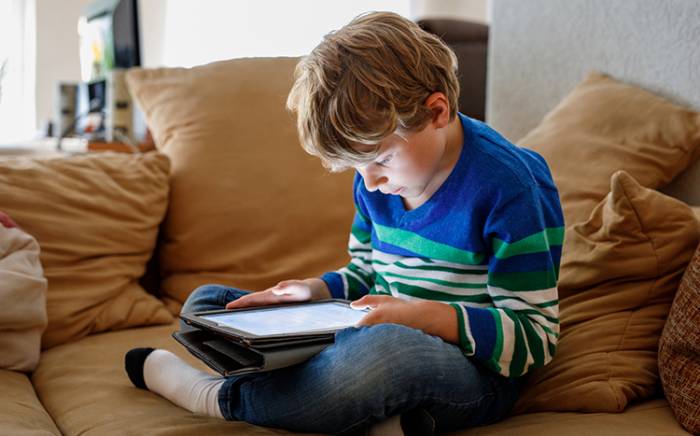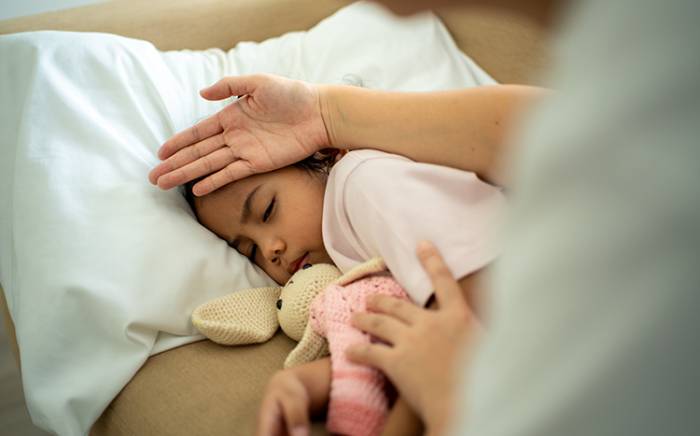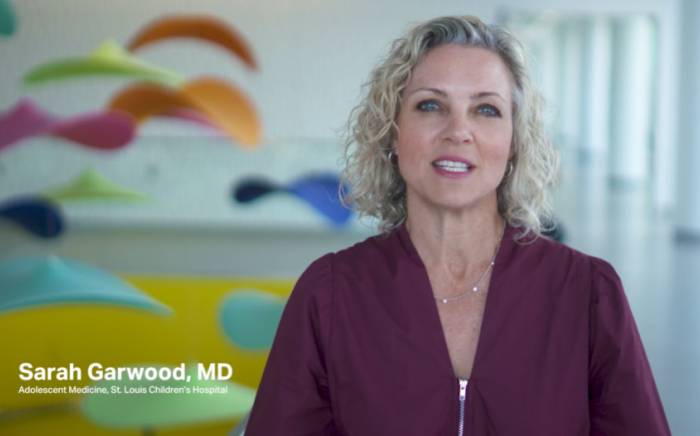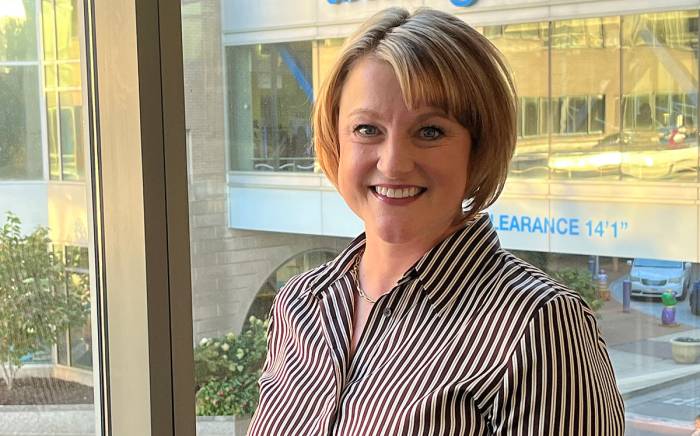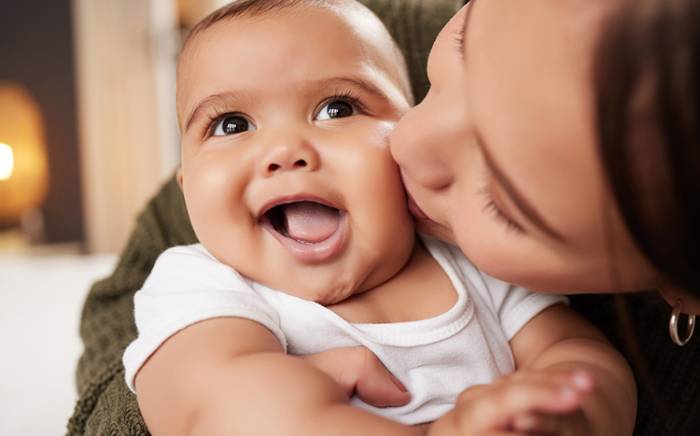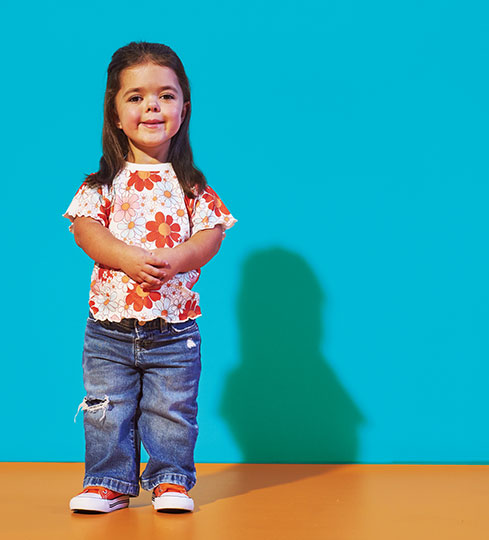Overview
Hair loss is a common side effect of chemotherapy. It can affect the hair on the head, and also the eyebrows, eyelashes, and facial and pubic hair. Not all chemotherapy causes hair loss. And not all children lose hair in the same way. A child may lose his or her hair with a medicine and another child taking the same medicine may not. Your child's cancer specialist (oncologist) can tell you what to expect with your child's chemotherapy medicines.
Causes
Chemotherapy kills cells that grow fast, such as cancer. Hair also grows fast, so some chemotherapy may also damage the hair. The medicine harms the tissue around the root of the hair (hair follicle). This causes the hair to fall out.
Symptoms
Hair loss from chemotherapy may start 2 or 3 or more weeks after your child's first or second chemotherapy treatment. Your child's hair may first begin to thin before falling out in larger amounts. Your child may lose hair only on the head. Or, he or she may lose hair on other parts of the body. Your child's scalp may also be sensitive, dry, and itchy. Hair usually begins to grow again about 2 to 3 months after your child's last treatment. The new hair may easily break at first. When hair grows back after chemotherapy, it may be a different color or texture.
Diagnosis
The healthcare provider will ask about your child's chemotherapy treatment and hair loss symptoms. He or she will examine your child’s scalp and hair. In some cases, the healthcare provider may do a pull test. He or she will grasp 20 to 60 hairs and pull gently but firmly. This is done to see how many hairs pull out. More than 10% of the hairs pulling out is a common sign of hair loss caused by chemotherapy. The roots of the hairs may be checked under a microscope. This is to see what stage of growth they are in.
Treatment
You will need to make sure your child's head is protected from sun and cold. You can apply sunscreen to your child's scalp or he or she can wear a hat or scarf. For dryness or itchiness, you can use a moisturizing shampoo and conditioner. You can also apply cream or lotion to your child's scalp.
Complications
Depending on your child's age and personality, hair loss can be very upsetting. A young child may not be bothered by hair loss. But a school age child or teen may be very upset.
Living with
You can help to manage your child's hair loss. You and your child may want to try the following:
- Make sure your child understands that his or her hair will grow back.
- Help your child decide what he or she wants to do about hair loss. Consider cutting the hair before if falls out, shaving the head, getting a wig, or wearing hats or scarves.
- Wash hair less often than normal. Use a gentle moisturizing shampoo.
- For teens, don’t use harsh chemicals on the hair, such as hair colors.
- Don’t use curling irons, blow dryers, flat irons, or curlers.
Prevention
Chemotherapy-related hair loss can’t be prevented.
When to Call a Healthcare Provider
Call your child's cancer oncologist if you have any questions about your child's hair loss.
Key Points
- Hair loss is a common side effect of many chemotherapy medicines.
- Hair loss may start 2 or 3 or more weeks after your child's first or second chemotherapy treatment.
- You will need to make sure your child's head is protected from sun and cold.
- Hair loss can be very upsetting to a child, depending on age.
- Hair usually begins to grow again about 2 to 3 months after your child's last treatment.
- You and your child can work together to help manage hair loss.
Next Steps
Tips to help you get the most from a visit to your child’s healthcare provider:
- Know the reason for the visit and what you want to happen.
- Before your visit, write down questions you want answered.
- At the visit, write down the name of a new diagnosis, and any new medicines, treatments, or tests. Also write down any new instructions your provider gives you for your child.
- Know why a new medicine or treatment is prescribed and how it will help your child. Also know what the side effects are.
- Ask if your child’s condition can be treated in other ways.
- Know why a test or procedure is recommended and what the results could mean.
- Know what to expect if your child does not take the medicine or have the test or procedure.
- If your child has a follow-up appointment, write down the date, time, and purpose for that visit.
- Know how you can contact your child’s provider after office hours. This is important if your child becomes ill and you have questions or need advice.


